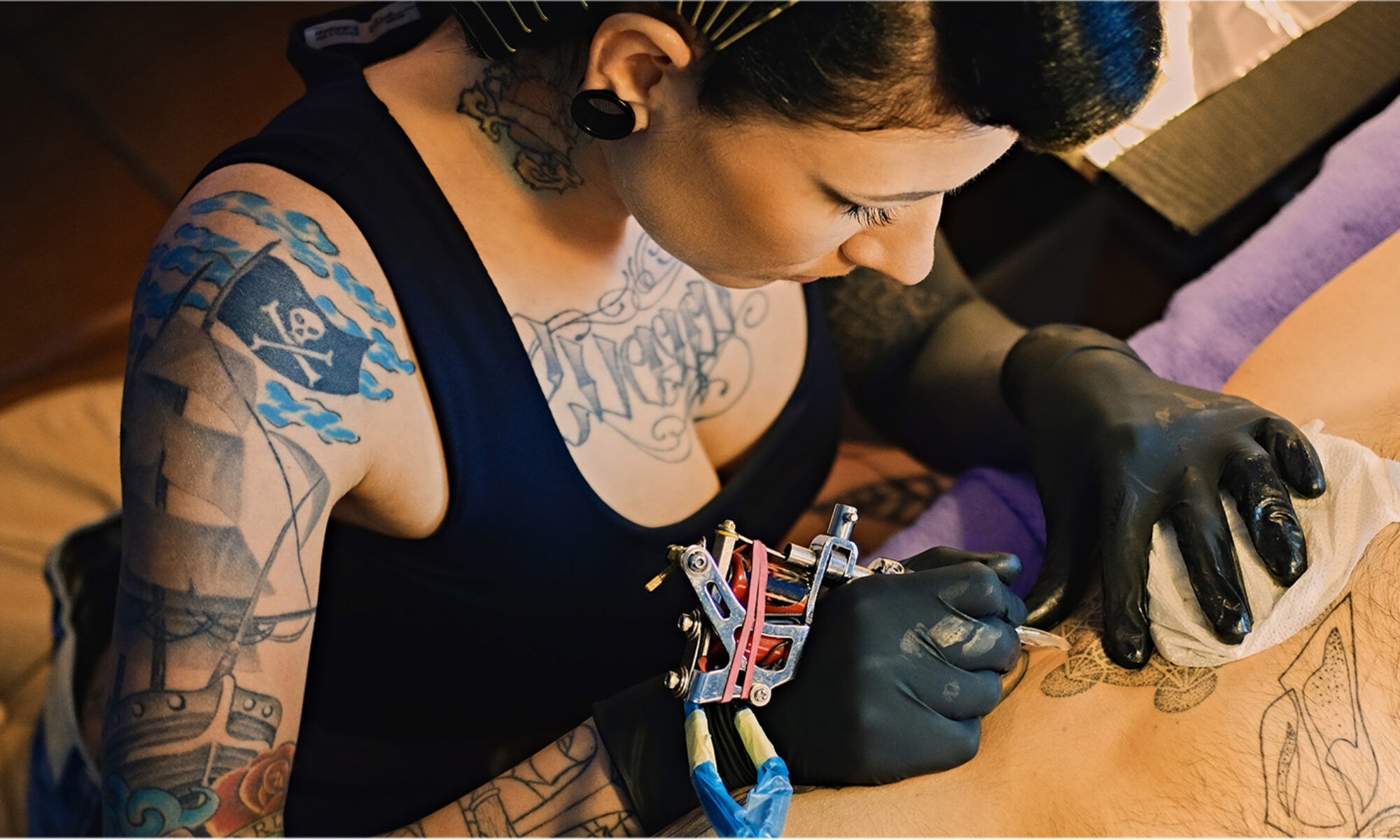Henna tattoos, also known as mehndi, have a rich history that spans centuries and cultures. From traditional ceremonies to modern festivals, henna tattoos have become a popular way to adorn oneself with intricate and temporary designs. In this article, we will explore the origins of henna tattoos, the popular styles, and what you need to know before getting one.
Henna tattoos have been used for over 5000 years in many cultures around the world, including India, Pakistan, and the Middle East. The use of henna is deeply rooted in tradition and is often used to celebrate joyous occasions such as weddings, religious festivals, and other important events. In many cultures, henna is also believed to have medicinal properties and is used to treat ailments such as headaches, fever, and skin disorders.
Henna tattoos are made from a paste made of crushed henna leaves and other natural ingredients such as tea, coffee, and essential oils. The paste is then applied to the skin using a small cone or brush, and left to dry for several hours. Once the paste has dried, it is scraped off, leaving behind a stain that lasts anywhere from a few days to several weeks.
Henna tattoos come in many styles, from traditional designs to more modern interpretations. Traditional henna designs often feature intricate floral and paisley patterns, while modern designs may include symbols, animals, and even text. Some popular henna tattoo styles include:
- Indian Bridal Mehndi: This style is used to adorn the bride’s hands and feet during Indian weddings. It often features intricate designs that cover the entire hand and can take several hours to complete.
- Arabic Henna: Arabic henna designs are known for their bold lines and geometric shapes. They often include floral patterns and are popular for their simplicity and elegance.
- Tribal Henna: This style is characterized by bold and intricate designs that are inspired by tribal art. Tribal henna tattoos often feature geometric shapes, bold lines, and patterns that are inspired by nature.
SHOP INKBOX FOR A TEMPORARY TATTOO – TAP HERE
Things to Know Before Getting a Henna Tattoo:
- Henna tattoos are temporary and will gradually fade over time.
- The color and longevity of your henna tattoo will depend on several factors, including the quality of the henna paste, how long it is left on the skin, and how well you take care of it.
- Henna tattoos are generally safe, but if you have sensitive skin, you should do a patch test before getting a full tattoo.
- It is important to take care of your henna tattoo by avoiding water and excessive sweating for the first 24 hours after application. You should also avoid using harsh soaps or exfoliants on the area.
Henna tattoos are a beautiful and temporary way to adorn oneself with intricate designs. Whether you choose a traditional or modern style, henna tattoos are a wonderful way to celebrate important events and express your individuality. Just be sure to take care of your henna tattoo to ensure it lasts as long as possible.
Tattoo aftercare starts here – Try this method.
Artwork done by various Artists.






















